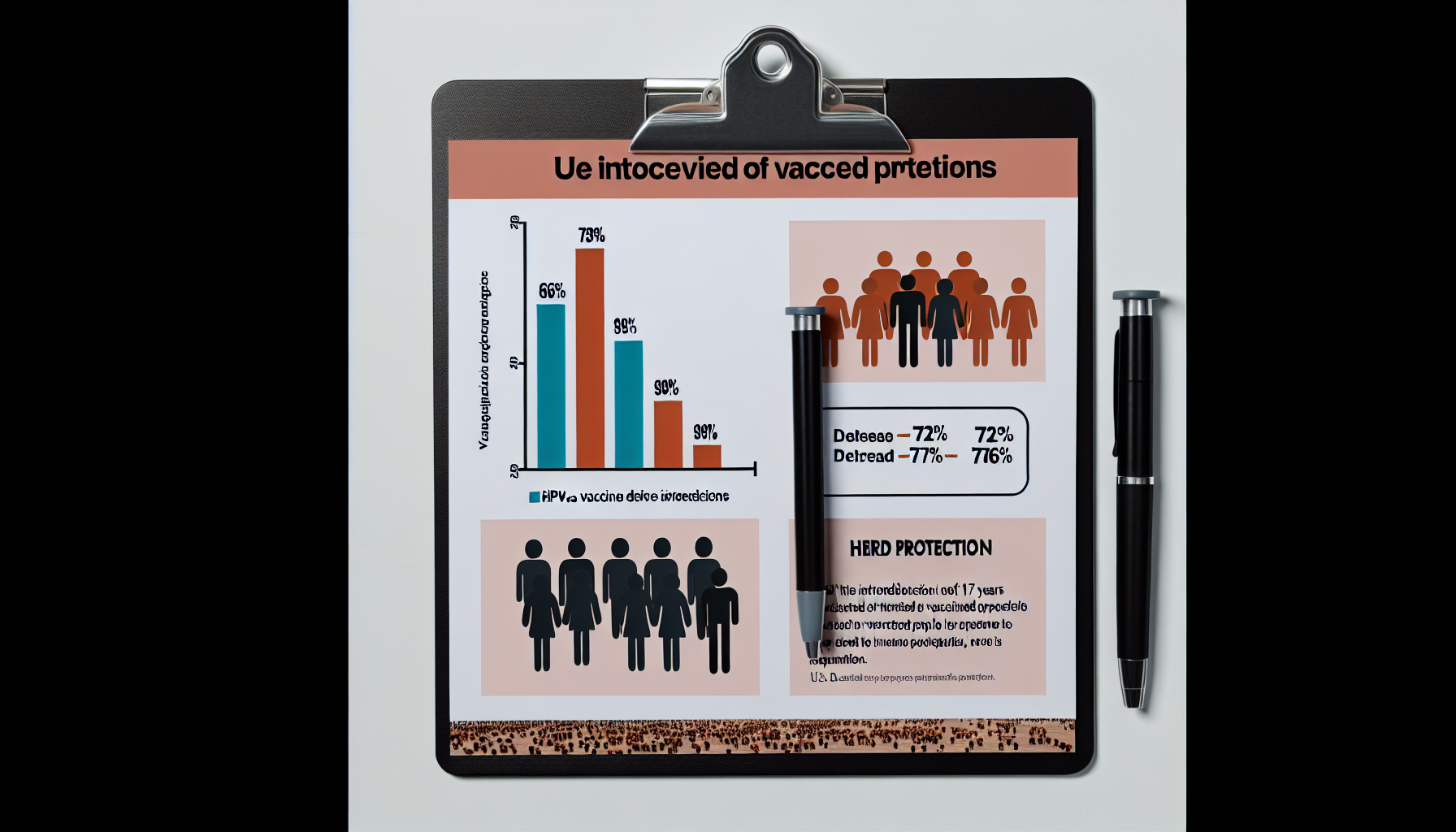America’s monopoly problem is no longer abstract. In digital advertising, the U.S. Department of Justice and 17 states now press for structural remedies after a landmark April 17, 2025 ruling found Google illegally monopolized the publisher ad server and ad exchange markets, with display ads generating roughly $8 billion per quarter for the company’s unit at issue [4].
Key Takeaways
– Shows an April 17, 2025 ruling found unlawful monopolies in two ad tech markets, escalating America’s monopoly problem to a remedies phase [4]. – Reveals 17 states joined the 2023 suit, underscoring nationwide concern that monopolization siphons revenue from publishers and small businesses [5]. – Demonstrates the display-ad unit at issue produces roughly $8 billion per quarter, magnifying the stakes of any structural remedy [4]. – Indicates proposals include a four-year compliance window to unwind conduct and monitor post-divestiture behavior, if ordered by the court [1]. – Suggests remedies could compel divesting AdX and the publisher ad server, and open-sourcing auction code, despite disruption risks claimed by Google [2].
How Google’s Ad Tech Case Explains America’s Monopoly Problem
The core of America’s monopoly problem is market power that shapes the rules of trade. Judge Leonie M. Brinkema found Google “willfully engaged” in exclusionary conduct across publisher ad server and ad exchange markets, concluding the company held illegal monopolies and harmed publishers’ revenues in the process [4]. That finding triggered an unusually consequential remedies phase, where the government is asking not just for behavior changes but for structural relief that could reset how display ads are bought and sold online [4].
The numbers underscore why this matters. Google’s display-ad business tied to these markets generates roughly $8 billion per quarter, a scale that can affect pricing, interoperability, and publisher yields for news outlets and independent creators across the web [4]. When the platform that runs the auction, the exchange, and the server has been found to exclude rivals, the risk is that the entire trading venue tilts toward the incumbent’s advantage—textbook monopoly problem dynamics in a critical digital market [4].
What the Remedies Phase Could Change
On September 22, 2025, the case moved into its potential endgame: a remedies trial focused on whether to force divestitures of Google’s ad exchange (AdX) and publisher ad server and impose a four-year compliance program to prevent repeat offenses [1]. Google sought to avoid breakup, arguing that a divestiture would jeopardize the functioning of ad tech pipes used by publishers and advertisers, and could create industry-wide disruption [1].
The Justice Department and state enforcers argue that integrated control over the exchange and publisher server allowed Google to manipulate auction dynamics and foreclose rivals, and that only structural remedies can restore competition at scale [1]. In practical terms, a court-ordered separation would redraw the market structure for programmatic ads, potentially creating independent governance over auction rules and data flows that currently sit inside a single dominant stack [1].
The Government’s Ask—and the Industry’s Stakes
Prosecutors want the court to compel divestiture of the ad exchange and the publisher ad server, with filings describing Google’s conduct as willful monopolization that distorted competition across core ad markets [3]. They also highlight a path where structural relief, combined with monitored compliance, would reduce the incumbent’s ability to influence both the auction mechanism and the buy/sell endpoints simultaneously [3].
Google counters that divestiture would spark “market confusion” and harm the very publishers and advertisers the government aims to protect, portraying break-up as impractical and operationally risky [3]. The company’s defense frames the ad market as too interconnected to split safely—a claim the court will weigh against the benefits of restoring open competition and transparent auctions across the industry [3].
Open-Sourcing the Auction—and Why It Matters
Beyond divestiture, the Justice Department and states are pressing for transparency mandates, including open-sourcing critical auction code that determines how impressions are valued and matched in real time [2]. For enforcers, opening the code would allow external verification of rules, reduce opportunities for self-preferencing, and make it harder for a dominant player to tweak mechanics in ways that quietly tax publisher revenue [2].
Google says such measures are either unnecessary or counterproductive, warning that forced publication of code could introduce security risks and degrade performance for advertisers and publishers alike [2]. The remedies phase will test whether transparency requirements can be designed to protect security while still delivering the competition benefits regulators seek in a high-speed, data-intensive auction environment [2].
The Numbers Behind Power and Harm
Key figures frame the monopoly problem in this case. The court has already found monopolies in two distinct markets: the publisher ad server and the ad exchange—two central control points in the programmatic supply chain [4]. The display-ad unit implicated in those markets generated roughly $8 billion per quarter, demonstrating how control over the pipes can translate into extraordinary recurring revenue [4].
Prosecutors are asking for structural fixes and a four-year compliance window, signaling a plan to both restructure the market and ensure a sustained transition to competitive conditions [1]. The cohort of 17 states that joined the federal case in 2023 reinforces that the alleged harms—lower publisher yields, higher effective fees, and reduced choice—are not confined to any single region or publisher category [5].
What This Means for America’s Monopoly Problem
America’s monopoly problem isn’t limited to a single company or sector; it is about market architectures that allow dominant intermediaries to write the rules of trade. In this case, the government’s thesis is that integrated control over the auction platform and the publisher server created opportunities for self-preferencing and exclusion that siphoned revenue from publishers and small businesses, while entrenching gatekeeper power [5]. The April 17 ruling formalized that view, clearing the way for remedies designed to rebalance incentives and end the monopoly’s advantage [4].
If the court orders divestitures, the precedent could reverberate across digital markets where vertically integrated platforms set terms for competitors and complementors. The outcome would also signal that structural separation—once rare in digital cases—can be a practical tool to correct entrenched dominance when conduct remedies alone can’t fix the underlying power imbalance [3].
The States’ Role and the Publisher Lens
Seventeen states joined the Justice Department’s suit, emphasizing the breadth of concern about how ad tech structure affects local newsrooms, niche publishers, and small businesses dependent on ad revenue [5]. State attorneys general argue the status quo “soaks up excessive profits” that would otherwise flow to content creators and community media, weakening the economic base for local reporting and independent voices online [5].
From a publisher’s perspective, the metrics that matter are yield, take rates, and access to interoperable pipes. If the ad server and exchange are separated and auction rules become transparent, publishers could see improved pricing, more rival exchanges competing for inventory, and fewer opaque fees—outcomes antitrust enforcers argue would address the harms documented at trial [2].
What to Watch Next in the Remedy Ruling
The court will weigh whether the benefits of divestiture and transparency surpass the operational risks highlighted by Google. Timing matters: a four-year compliance period suggests a phased implementation, with milestones to measure competitive impact and guard against backsliding [1]. The judge’s task is to craft a remedy that restores competition without disrupting the liquidity of ad markets on which publishers and advertisers rely [3].
Two policy questions frame the decision: Will structural separation of the exchange and publisher server effectively neutralize the self-preferencing incentives identified at trial? And will open-sourcing key parts of the auction code achieve transparency without degrading performance or security? The answers will shape whether this case becomes a template for addressing the broader monopoly problem in digital intermediation [2].
Bottom Line
The remedies phase is a pivotal test of whether U.S. antitrust can recalibrate digital markets at scale. With a definitive liability ruling already on the books, the debate has shifted from “did a monopoly exist?” to “how do we unwind the advantage and keep it from returning?” The combination of divestiture, transparency, and a multi-year compliance window is designed to turn a court finding into measurable changes in prices, access, and innovation—core outcomes in fixing America’s monopoly problem [1].
Sources:
[1] Reuters – Google seeks to avoid ad tech breakup as antitrust trial begins: www.reuters.com/legal/litigation/google-seeks-avoid-ad-tech-breakup-antitrust-trial-begins-2025-09-22/” target=”_blank” rel=”nofollow noopener noreferrer”>https://www.reuters.com/legal/litigation/google-seeks-avoid-ad-tech-breakup-antitrust-trial-begins-2025-09-22/
[2] Associated Press – Google faces antitrust déjà vu as US seeks to break up its digital advertising business: https://apnews.com/article/4cea3f88dec7f66ed21b4c5d1f6f1c7b [3] Financial Times – US prosecutors ask judge to order spin-off of Google ad businesses: www.ft.com/content/8bd22538-f456-48d9-a953-7c01fe6fa081″ target=”_blank” rel=”nofollow noopener noreferrer”>https://www.ft.com/content/8bd22538-f456-48d9-a953-7c01fe6fa081
[4] Washington Post – Judge finds Google holds illegal online ad tech monopolies: www.washingtonpost.com/technology/2025/04/17/google-adtech-antitrust-case/” target=”_blank” rel=”nofollow noopener noreferrer”>https://www.washingtonpost.com/technology/2025/04/17/google-adtech-antitrust-case/ [5] New York State Attorney General – Attorney General James Wins Case Against Google for Monopolies in Digital Advertising: https://ag.ny.gov/press-release/2025/attorney-general-james-wins-case-against-google-monopolies-digital-advertising
Image generated by DALL-E 3










Leave a Reply